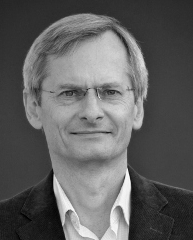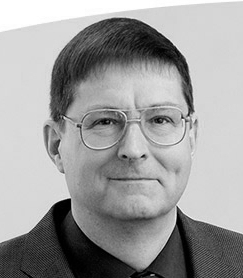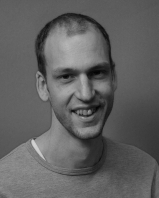Main content
Top content
Project P2
Title
Work in Classical and Quantum Non-Equilibrium Systems
Principal investigators
- Prof. Dr. Andreas Engel (Universität Oldenburg)
- Prof. Dr. Martin Holthaus (Universität Oldenburg)
- Prof. Dr. Jochen Gemmer (Universität Osnabrück)
 |  |  |
Summary
When extending the laws of thermodynamics to nanoscopic systems two major challenges have to be met. Firstly, in systems with typical energy changes of the order of the average thermal energy per degree of freedom thermodynamic quantities like work, heat, and entropy fluctuate between identical repetitions of an experiment. Secondly, quantum effects may dominate the dynamics and the thermodynamic prescription has to incorporate these in a consistent way. The first point can be dealt with using the framework of stochastic thermodynamics with the result that the full probability distributions of work, heat, and entropy need to be determined. As is well known their large deviation tails carry important physical information. For the second one the definition of work in small quantum systems plays a pivotal role. Work is no state variable, in a classical setting it depends on the complete trajectory of a system which has no quantum counterpart. Defining quantum work by a double measurement of energy has some virtues but also important drawbacks. In particular it is difficult to determine which quantum correlations are destroyed by the two projective measurements and which are retained. Accordingly, the proper definition of work in small quantum systems is still a largely open question.
The present project aims at a detailed comparison between the definition of quantum work by two projective energy measurements and the traditional notion of work used for classical systems. To this end a periodically driven anharmonic oscillator with a quartic potential will be investigated both within classical mechanics and within quantum mechanics. A semiclassical WKB-analysis will then be used to connect the two situations and to establish links between the two concepts of work. The central quantity of interest in all three approaches – classical, semi-classical, and quantum mechanical – is the transition probability from an initial energy value to a final one. Depending on amplitude and frequency of the driving the classical quartic oscillator may show regular or chaotic behaviour, the latter case giving rise to qualitatively new mechanisms for energetic transitions. The implications of the different types of classical dynamics for both the classical and the quantum distribution of work will be elucidated in detail.

